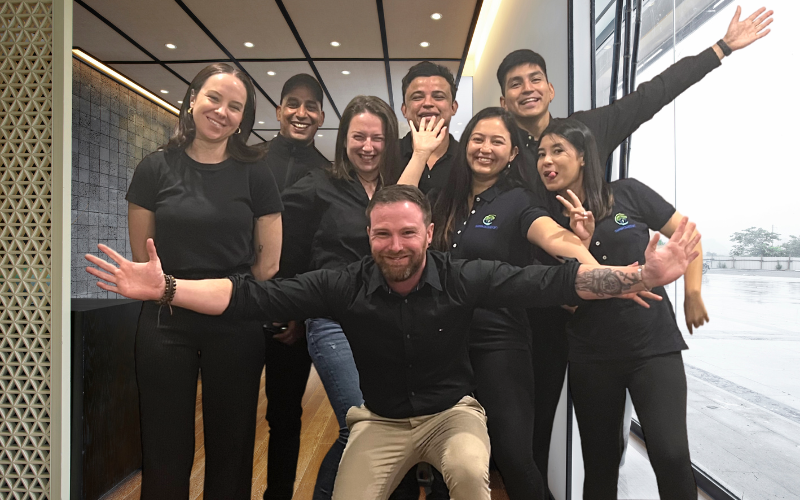Rolling into Adventure: Overcoming Challenges for Travellers with Physical Disabilities

Travelling can be an exciting and fulfilling experience, but it can be a daunting task for individuals with physical disability. It requires extensive planning and preparation, and you always have to consider accessibility issues and accommodations. However, that doesn’t mean that individuals with physical disabilities cannot explore the world and satisfy their wanderlust. With some research, careful planning, and willingness to adapt, anyone can enjoy traveling to beautiful destinations, experiencing new cultures, and making unforgettable memories. In this blog post, we will discuss some of the challenges that travelers with physical disabilities may face and how to overcome them.
1. Research your destination for travelling
When travelling with a physical disability, it’s essential to conduct thorough research about your destination. Check if your chosen destination has accessible accommodations and facilities such as hotels, restaurants, and tourist attractions. Look for wheelchair accessible trails, landmarks, and tourist sites you’d like to visit. This will ensure that you have an idea of what you can expect before you arrive at your destination. You can reach out to disability advocacy groups in the area or contact the hotels or tour companies and ask what services they provide.
2. Plan your transportation for travelling
Transportation is one of the significant challenges that travelers with disabilities face, especially if they use wheelchairs. You should research your transportation options from the airport, train station, or bus depot to your destination, such as wheelchair-accessible taxis, public transportation, or rental cars. You must select a transportation option that can accommodate your needs and make the necessary arrangements before your trip. Booking these arrangements ahead of time will give you peace of mind during the trip.
3. Pack smart for travelling
When travelling with a physical disability, you should pack smart by bringing necessary medical supplies, mobility equipment and clothing that suits the weather and climate. Carry extra supplies in your carry-on luggage, such as medication, a spare wheelchair battery, or catheter supplies, as it’s unfortunate but possible to lose your checked-in luggage. Pack comfortable and breathable clothing, and don’t forget to include layers to deal with any weather changes. Consider using packing cubes or compression bags to organize your luggage better.
4. Ask for help for travelling
Don’t hesitate to ask for help when you need it. People are generally willing to help, and airports, hotels, and other establishments often have staff trained to assist individuals with disabilities. Additionally, consider travelling with a travel companion who can provide support and help you with tasks like pushing the wheelchair or carrying your luggage. If you’re traveling solo, you can use assistive technology, such as a smartphone app, to find resources, communicate with others, and navigate unfamiliar environments.
5. Be flexible and enjoy the experience
Traveling with a physical disability may not always go as planned. However, it’s essential to be flexible and adaptable to new situations. Accept that some attractions or destinations may not be accessible and find alternatives. Don’t let unforeseen circumstances or challenges dampen your spirit and keep you from enjoying your trip. Embrace the adventure, learn new things, and meet new people.
Conclusion:
Travelling with a physical disability may present some challenges, but with proper research, planning, and a positive attitude, it can be an exciting adventure. Always remember to research your destination, plan transportation, pack smart, ask for help, and be flexible. Don’t let your disability stop you from exploring and discovering new sights, sounds, and cultures. With the right mindset, you can roll into your adventure.
Book a free Consultation with us today!
Mobile : 1800960068
Email : contactus@iseeksupport.au









